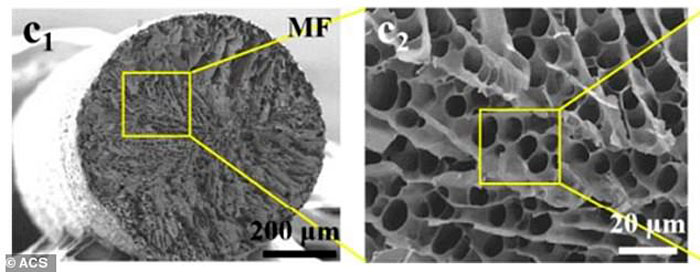Smart garments warming in the cold and cooling in the heat are not new on the market. However, all existing smart clothing models require external energy sources. Scientists are working on creating innovative textiles with unique physical properties that allow the use of the internal energy of the material to regulate the user’s heat transfer.

Researchers from the Chinese University of Science and Technology Huazhong have developed a fabric based on silk and chitosan yarn, found in the shells of crustaceans. As a result, fibers with a microstructure are formed, and their pores are filled with an artificial material – polyethylene glycol (PEG). The PEG material is able to change the state of aggregation with slight temperature fluctuations – to harden in cold weather and to melt in heat.
Outside, the textile fibers are coated with an organic polymer – polydimethylsiloxane, which creates an airtight shell that does not allow molten PEG to flow out. The created composite water-repellent material is presented in the form of threads of high strength and flexibility.
During testing, gloves from the innovative fabric were first placed in a chamber with air heated to a temperature of 50oC. As a result of the transition to a liquid state, the tissue elements absorbed energy from the environment and cooled the surface in contact with the hands. Changing the regime and lowering the temperature to 10oC led to hardening of the substance and the release of energy, which, in turn, contributed to the heating of the outer layer of gloves in contact with hands.
According to the developers, the production of such a “phase” fabric should not cause difficulties for the modern textile industry.










